Proposed New Use of Force Policies
UPDATED NOV. 15, 2016: At two community roundtables regarding the proposed Use of Force policies available below, Consent Decree stakeholders indicated that they would answer all questions submitted from the small breakout groups – and post the answers on the Monitoring Team's website. The Questions & Answers from those Community Roundtable events can be found here.
UPDATED OCT. 4, 2016: There are now five (5) related CPD "General Police Orders" that are currently the subject of community comment and feedback.
The first and most important is the Use of Force: General policy. The General policy tells officers when force is authorized and when it is not authorized. Although the other policies are important, this is the core policy related to force that governs officer performance on the streets of Cleveland. The other policies build off of, correspond, or explain this core policy.
The second policy is a Use of Force: Definitions policy. This policy provides guidance on the meaning of specialized terms used throughout the other documents.
The third policy is a Use of Force: De-Escalation policy. Although an officer's duty to de-escalate situations where it is safe and feasible to do so is contained within the General policy, the De-Escalation policy goes into greater detail about this important requirement.
The fourth policy is the Use of Force: Intermediate Weapons policy. It contains a number of policies about particular types of force instruments or tools that officers use, such as the baton, OC (or pepper) spray, and Taser.
The final policy (posted Oct. 4, 2016) is a Use of Force Reporting policy. That policy spells out the requirements for officers to report force and the basic expectations that officers can have about the Division of Police's response to force depending on the nature and severity of the force used.

